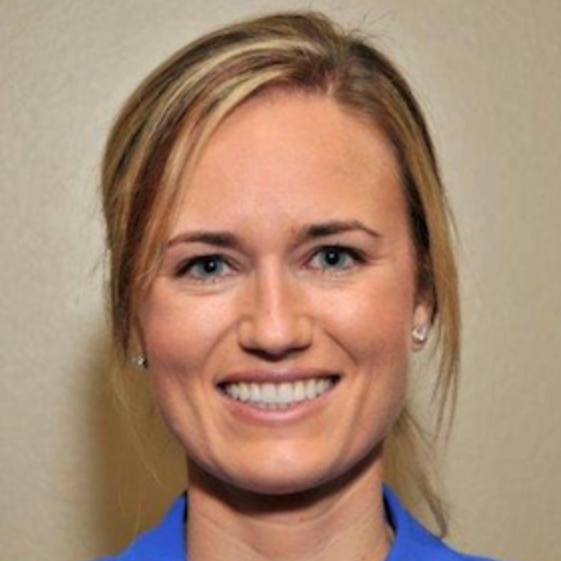https://doi.org/10.55788/0cba4cae
“The number of patients experiencing chronic GvHD has not dropped in recent years,” said Prof. Mohty [1]. “The increased use of peripheral blood stem cells, the treatment of older patients, and the fact that we are treating more advanced disease are all risk factors for increasing the incidence of chronic GvHD [2]. The outcomes in patients with steroid-refractory GvDH are abysmal.” Prof. Mohty added that steroid-refractoriness as well as steroid dependence and steroid intolerance are serious problems for patients [1,3].
Fortunately, there is a wide variety of upcoming drug candidates to treat chronic GvHD. “The use of corticosteroids has been declining, and novel agents are being administered more frequently,” clarified Prof. Mohty [1,4]. “I would like to highlight some of the relevant trials,” he continued. A study by Flowers et al. demonstrated that extracorporeal photopheresis (ECP) plus conventional therapy was associated with an increased cumulative incidence of complete response/partial response in skin compared with conventional therapy alone in patients with steroid-refractory or steroid-dependent chronic GvHD [5]. The most obvious responses were observed in cutaneous and mucosal manifestations.
“However, the largest improvements in the field of chronic GvHD have been made in the last 5 years, with the [FDA] approval of ibrutinib, belumosudil, and ruxolitinib,” emphasised Prof. Mohty. In a phase 2 trial (n=42), ibrutinib displayed an overall response rate of 67% and a complete response rate of 21% in adult patients with chronic GvDH who failed 1 or more lines of systemic therapy [6]. In addition, 24% of the patients had a clinically meaningful improvement on the Lee chronic GvHD Symptom Scale, and 71% of the responders demonstrated a sustained response of ≥20 weeks.
Also in a phase 2 trial, belumosudil showed an overall response rate of 76% in patients ≥12 years of age with chronic GvHD who had failed at least 2 prior lines of systemic therapy [7]. The complete response rate was relatively low, at 5%. “On the other hand, the responses were relatively quick, with a median time to first response of 1.8 months,” said Prof. Mohty. Moreover, this agent displayed efficacy across all organ systems. “Finally, this drug appears to be relatively safe,” mentioned Prof. Mohty.
In a phase 3 trial, ruxolitinib demonstrated an overall response rate of 76% in patients ≥12 years of age with chronic GvHD who had failed one or 2 lines of systemic therapy [8]. This was significantly better than the ‘best-available-therapy’ control arm. Furthermore, the failure-free survival was increased in patients on ruxolitinib compared with those receiving the best available therapy (not reached vs 5.7 months; HR 0.37; P<0.0001), and a significant improvement was seen on the Lee chronic GVHD Symptom Scale in patients who were treated with ruxolitinib. “Safety issues that are commonly seen with JAK inhibitors, such as cytopaenias and infections were quite manageable in this trial,” added Prof. Mohty.
“Beyond ibrutinib, ruxolitinib, and belumosudil, there are many other agents, such as low-dose IL-2, mTOR inhibitors, low-dose methotrexate, mycophenolate mofetil, and rituximab may be of use in these patients as well,” Prof. Mohty said. “Although there is still much work to be done, based on the new drugs that have become available for our patients with steroid-refractory chronic GvHD, I am optimistic,” concluded Prof. Mohty.
- Mohty M. Treatment and unmet needs in steroid-refractory chronic GVHD. E08-03, European Society for Blood and Marrow Transplantation (EBMT) 49th Annual Meeting, 23–26 April 2023, Paris, France.
- Im A, et al. Biol Blood Marrow Transplant. 2020;26:1459–1468.
- Schoemans HM, et al. Bone Marrow Transplant. 2018;53:1401–1415.
- Wolff D, et al. Biol Blood Marrow Transplant. 2019;25(7):1450–1455.
- Flowers MED, et al. Blood. 2008;112(7):2667–2674.
- Miklos D, et al. Blood. 2017;130:2243–2250.
- Cutler CS, et al. Blood. 2021;138(22):2278–2289.
- Zeiser R, et al. N Engl J Med 2021;385:228–238.
Copyright ©2023 Medicom Medical Publishers
Posted on
Previous Article
« New developments in steroid-refractory acute GvHD Next Article
Thalassaemia: Advances in conventional transplantation and gene therapy »
« New developments in steroid-refractory acute GvHD Next Article
Thalassaemia: Advances in conventional transplantation and gene therapy »
Table of Contents: EBMT 2023
Featured articles
CAR T cells rise to the front in multiple myeloma
Acute Leukaemia
Quizartinib plus chemotherapy improves OS in patients with AML undergoing ASCT
Blinatumomab may improve outcomes in patients with B-cell ALL undergoing ASCT
Is ASCT a reasonable option in patients with invasive aspergillosis?
Tacrolimus versus cyclosporine A in AML
Promising novel target identified for AML
Multiple Myeloma
Ide-cel superior to standard therapies in triple-class exposed RRMM
ASCT or CAR T cell as first-line therapy for MM?
DETERMINATION: Does one size fit all in multiple myeloma?
Graft-Versus-Host Disease
New options to treat steroid-refractory chronic GvHD
New developments in steroid-refractory acute GvHD
Miscellaneous Topics
Long-term success for CD19 CAR T-cell therapy in CLL
Can molecular data improve prognostication in MDS patients undergoing HSCT?
Next-generation cell therapies for cancer: CAR-NK cells
Novel drugs and strategies around ASCT for Hodgkin lymphoma
Thalassaemia: Advances in conventional transplantation and gene therapy
Related Articles

February 4, 2022
Most re-hospitalisations within first month from CAR T-cell infusion
February 18, 2021
Interventions in JAK/STAT signalling pathway
© 2024 Medicom Medical Publishers. All rights reserved. Terms and Conditions | Privacy Policy

